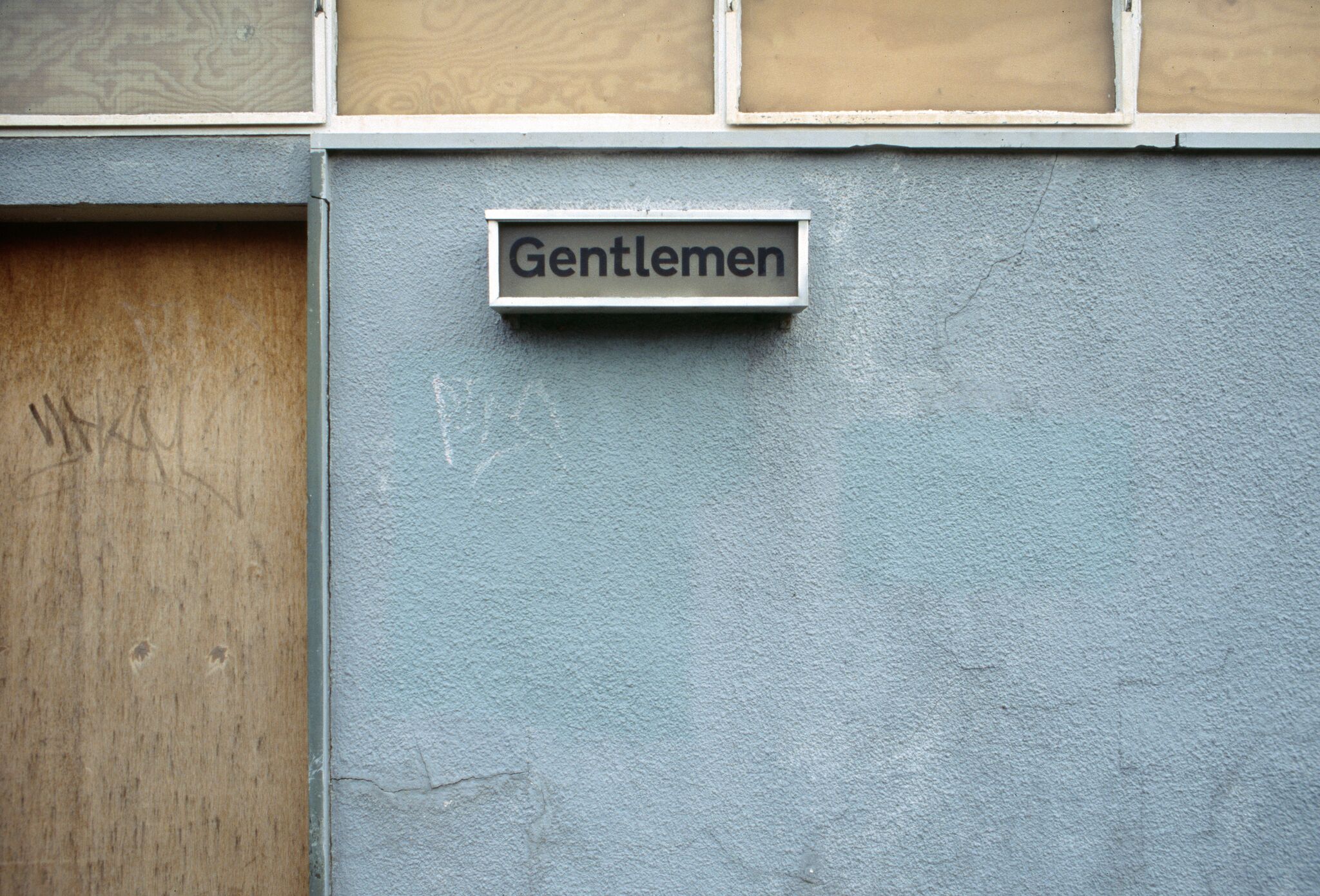Limin-alley at Imagine! Belfast
/Image: Imagine! Belfast
By Sara Bellini
“A successful city is an entity that is continually reconfiguring itself, changing its social structure and meaning, even if its contours don’t look very different” writes Deyan Sudjic in The Language of Cities. By successful, he means a city that is lively and functioning, where citizens not only feel safe and secure, but they feel like they belong. Well-maintained structures and infrastructures connect and serve people’s lives and “legible, handsome, easily negotiated public spaces make the individual feel part of something that they share with the rest of the city”.
The conversation on how we imagine the future of the city is at the core of Imagine! Belfast, a free festival about politics, culture and activism, promoting under-represented voices and equality. The annual event is now at its seventh edition and will run from the 22nd to the 28th of March, featuring talks, film, music, drama, readings, exhibitions, discussions and workshops. Highlights include an interview with Noam Chomsky and the possibility to pitch in ideas on how to change Belfast in the initiative Build Belfast Back Better. Due to the pandemic, all of the events are online, which means that anyone living elsewhere can join, with special exhibitions taking place in real life.
One of them is Limin-alley, a group exhibition where eight local artists and designers are called to create site-specific pieces in “entries” (alleyways) across South and East Belfast. The project is a collaboration between 9ft in Common, developing a Belfast Alley Map, and Liminal [Space] Belfast, a platform for pop-up exhibitions in liminal spaces. The locations of Limin-alley, the alleyways between Belfast’s terrace houses, were chosen because of their potential for civic activism, due to their very nature of in-between spaces, neither completely private nor exactly public. The artworks will be on display between the 25th and 28th of March and will be introduced with an online talk by project partners Amberlea Neely, Aisling Rusk and Meadhbh McIlgorm on the 25th. Images of the exhibition will be available on the website of Liminal [Space] Belfast after the end of the festival.
Image: Imagine! Belfast
Although Limin-alley and the whole festival are Belfast specific, the themes and ideas are easily relatable. During the pandemic, as a consequence of the lockdown, the social fabrics of our cities have changed. The way we use public space has changed. The way we perceive togetherness. Even the way we experience the places we’ve always deemed safe, our own houses, where suddenly we have to spend more time than we deemed possible and at the same time we have to follow strict rules about whom we can allow in or about whom we can visit. Now more than ever, we need to imagine what could be and how we share our collective spaces, both physically in our cities and metaphorically in determining who gets to express themselves in politics, culture and public life.
To find out about all the events and to donate in support of the non-profit organisation behind the festival, please visit Imagine! Belfast
Instagram
Twitter













